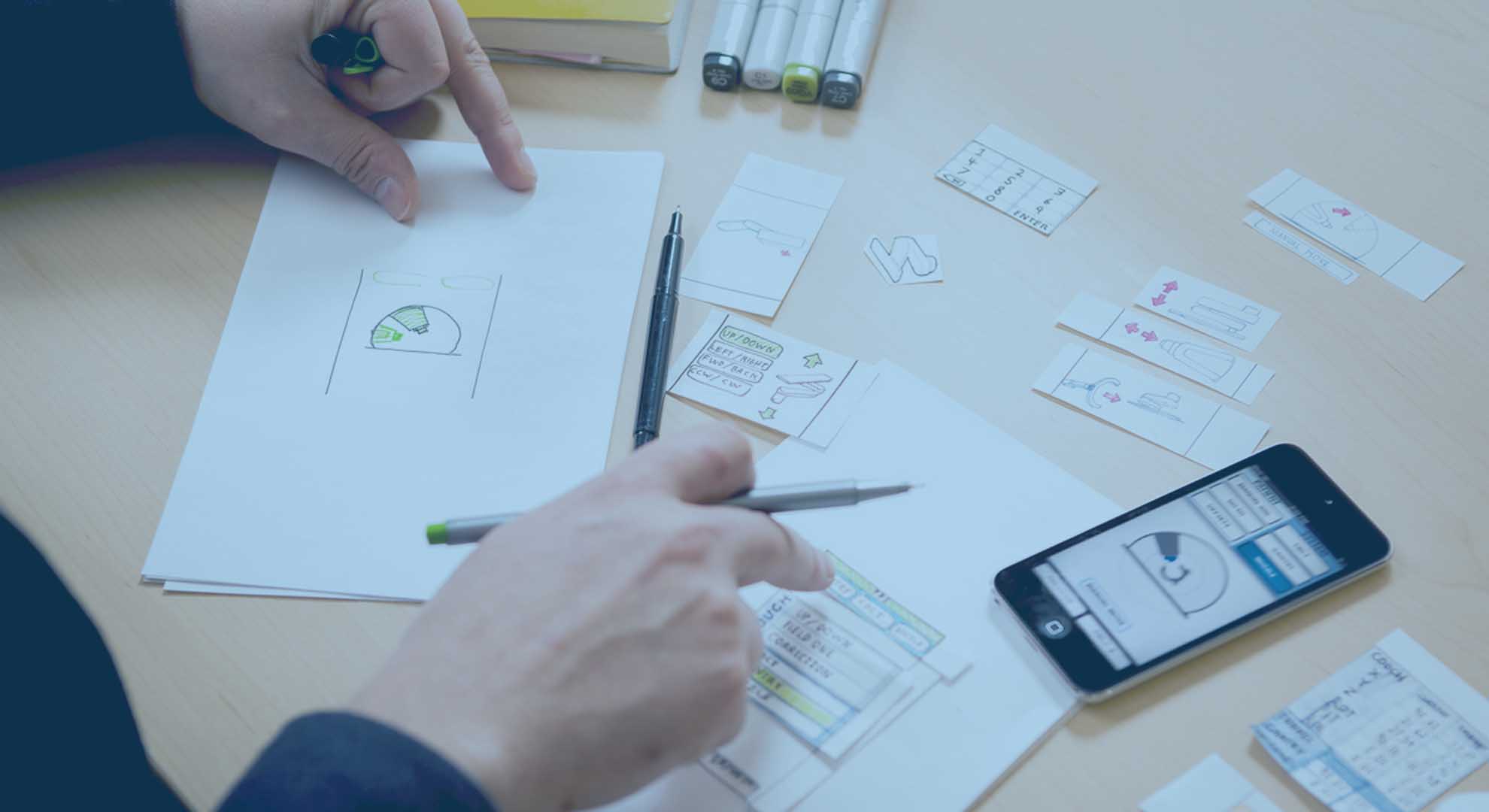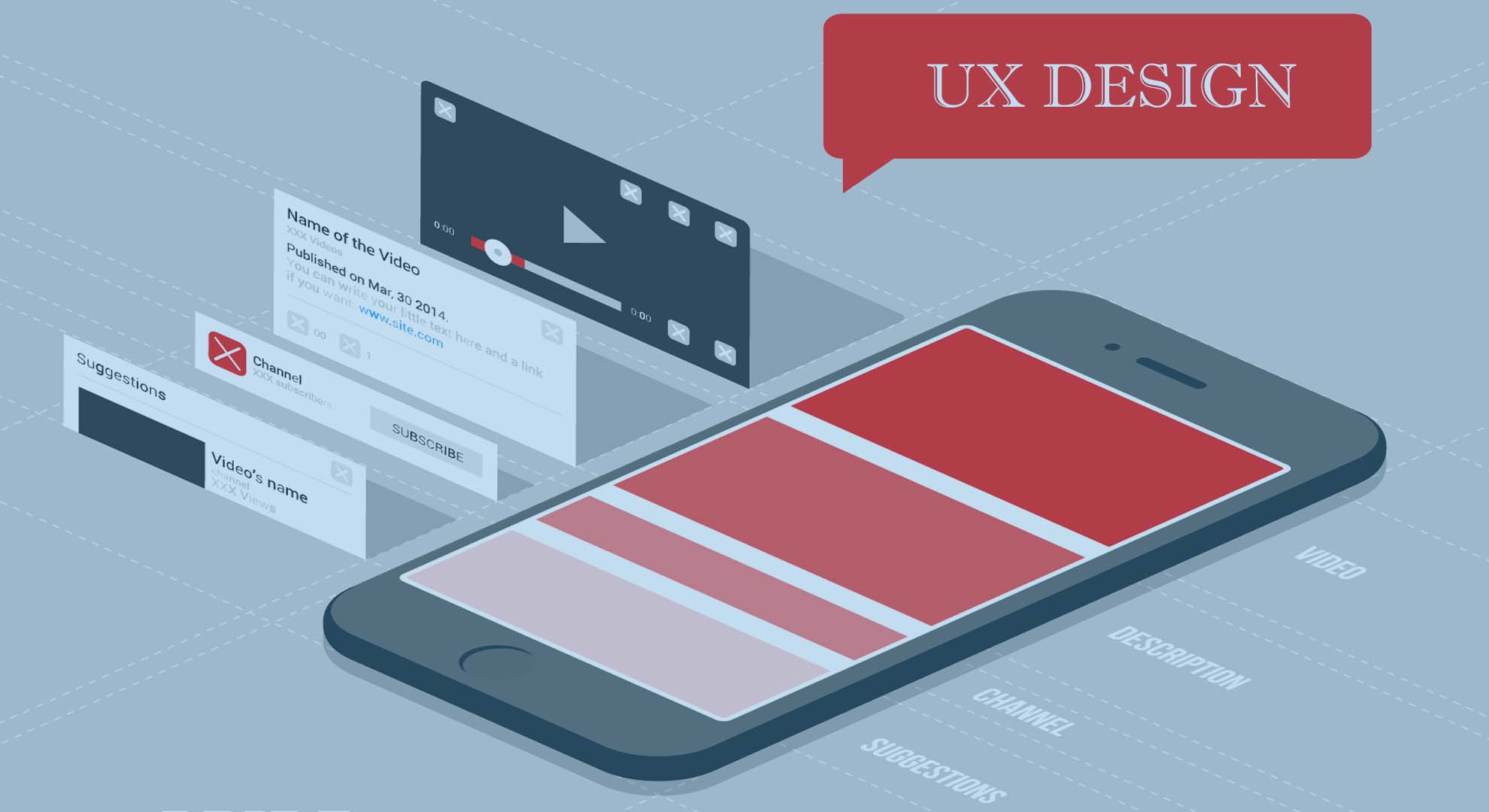User experience (UX) plays an imperative role when it comes to attracting customers to your website. The list mentioned below encompasses 20 most common design techniques and methods incorporated by UX Designers as they generate excellent experiences for users.
Let’s begin!
1. Value Proposition To Help UX Designers To Focus On Important Things
Value Proposition is a statement that maps out the main features of the product:
- What is it?
- How will it be used?
- Who is it for?
Most prominently, it assists the team to develop agreement around what the product will be.
2. Product Strategy Is Significant To Lay the Foundation of PLC
A product strategy is the basis of a product life-cycle and the implementation of the strategy for additional development. It permits UX designers to attract target audiences and consumer about the product attributes.
3. Competitive Audit for Industrial Overview
Competitive Audit is a complete examination of competitor products that chart out their current features. The objective of the competitive audit is to determine what works out for other companies in your industry. In this way, you can design those strategies that work best for you to attain competitive advantage.
4. Cultural Probes to Encourage Ideas in a Design Process
Cultural probe is a method utilized to stimulate ideas in a design procedure. It functions as a way of collecting stimulating data about people’s thoughts, lives, and values. With marginal interruption, researchers can garner insights into participants’ environments that can assist to recognize problem statements, expose latest opportunities, and encourage the designer with fresh ideas and innovative solutions.
5. Stakeholders and Users Interviews to Make Accurate Products
Stakeholder Interviews are discussions UX designers have with their important stakeholder: subordinates, peers, bosses, or customers both outside and within the company.
The interviews permit the UX designer to think as customers and develop the product as per their ease and needs. It also assists to prioritize features and outline key performance indicators (KPIs).
6. Kickoff Meeting to Ensure Smooth Operations
The kickoff meeting entails a high-level framework of the product’s objective, who are designing and creating the product, how they will function together and stay updated on the latest developments, and what the envisioned outcomes or success metrics are. The kickoff meeting arranges the stage for the success of your product.
7. Heuristic Evaluation for Best and Worst Design Practices
Heuristic Evaluation is a comprehensive analysis of a product that focuses on best and worst design practices in present product. It assists UX designers to envision the present state of the product in terms of effectiveness, accessibility, and usability of experience.
8. Brainstorming to Generate More Innovative Ideas
Brainstorming is extensively utilized by teams as a technique to produce ideas and solve issues. Brainstorming permits the team to envisage a broad variety of design solutions prior to determining which one to stick with.
9. Task Analysis to Get Better Understanding of Information Flows
Task analysis is a study of actions needed in order to finish a given task. It is useful when developers and designers try to understand the present system and its information flows. It makes it possible to assign jobs suitably within the novel system.
10. Product Roadmap
The product roadmap is a product’s development plan with ranked features. It could be Bunch of sticky notes, spreadsheet or a diagram. UX designer portrays the product strategy to the team and asks for the route that needs to be taken to attain its vision.
11. Focus Groups to Get More Details
A focus group involves 5 to 10 participants in a moderated discussion, where people discuss what they actually want in a product. The discussion last about two hours. It helps UX designers to attain more insights regarding the requirements of the people.
12. Card Sorting To Evaluate Information Architecture of a Product
Card sorting is a technique utilized to assist design or assess the info architecture of a product. UX designer asks users to gather functionalities and content into closed or open classifications. It gives UX designer an overview of the organization, flow and content hierarchy.
13. Conduct Usability Testing
Usability testing is the opinion of users trying to accomplish tasks with a product. Testing can be concentrated on a particular or on a broader process.
14. Conduct Concept Testing
A UX researcher shares an estimate of a product that apprehends the key spirit (the Value Proposition) of an innovative concept just to see if it fulfills the requirements of the target audience. Concept testing can be conducted individually or with the larger number of members, and either online or in-person.
15. Conduct A/B Test
A/B testing is proposing substitute forms of a product to different users and matching the results in order to point out the better performer. This is an inordinate method for enhancing landing pages and funnels.
16. Conduct Guerrilla Testing
Guerrilla testing is one of the easiest and low-cost type of user testing. Conducting guerrilla testing typically means going to a public place or coffee shop to ask people regarding your product or sample. It can be conducted anywhere like train stations, libraries and cafes etc., fundamentally anywhere where you can find a pertinent audience.
17. Field Studies to Measure Behavior
Field study is about observing users by going out “in the wild” in order to measure behavior in the background where a product will, in reality, be used. This method can encompass; interviews, ethnographic research, observation and interview, and contextual inquiry.
18. Eye Movement Tracking
A technology that examines the user’s eye movement on the UI layout (i.e. web page). Eye tracking delivers data regarding the things that keep users focused on the screen and how their reading flow could be enhanced by design.
19. Conduct SWOT Analysis
Numerous approaches for measuring the strengths, weaknesses, opportunities, and threats that influence the user experience of a particular product. This will assist UX Design solutions provider to take into account people’s viewpoint and modify the product accordingly.
20. Conduct Accessibility Audit
A study to assess if the website can be utilized by everyone, containing users with special requirements. It should track the W3C rules to ensure that all users are contented.


